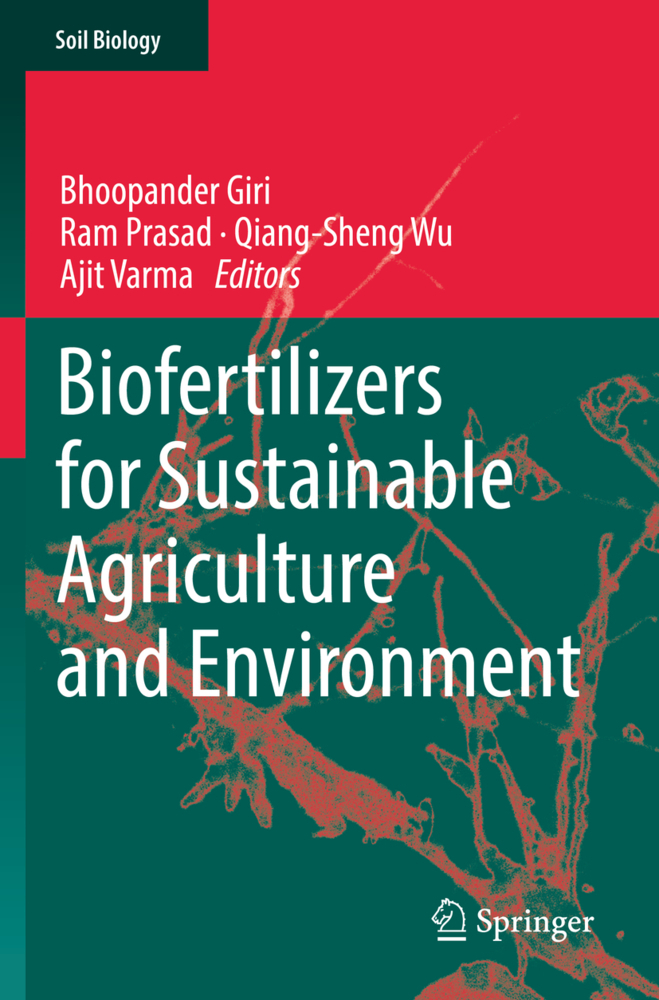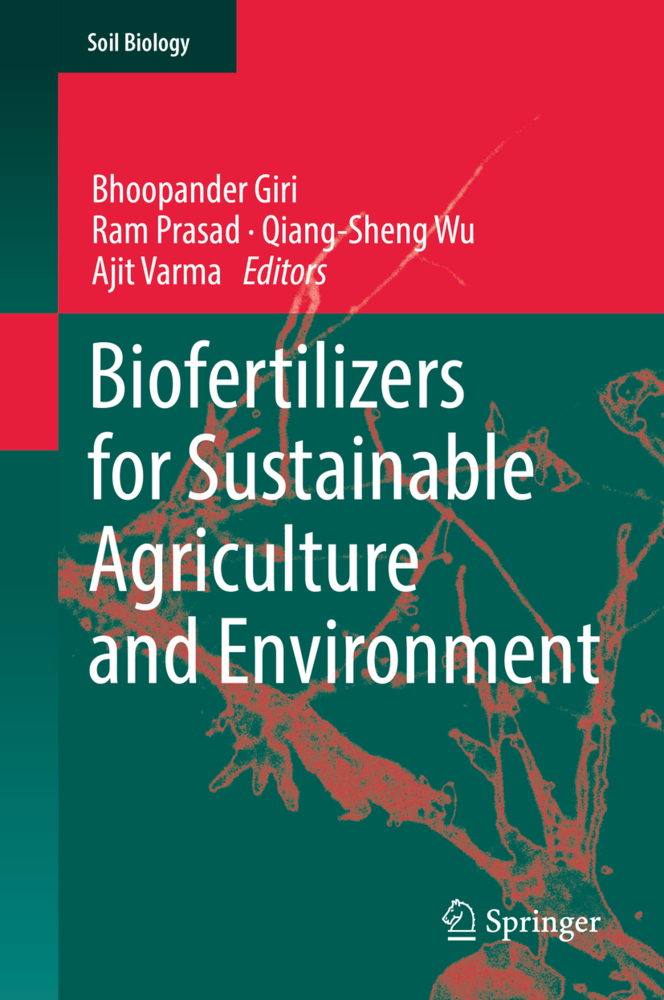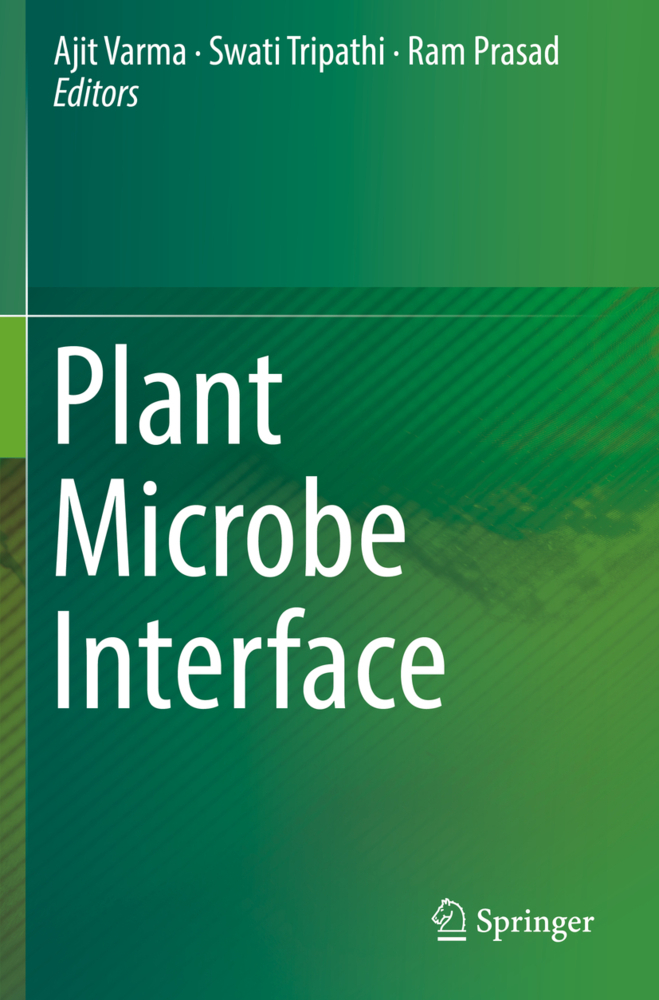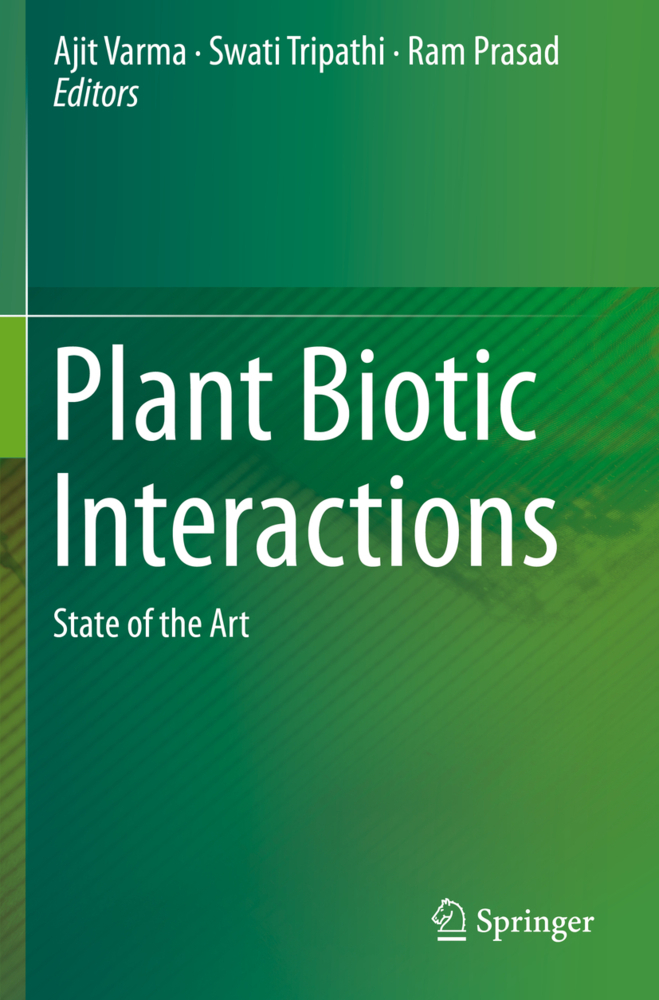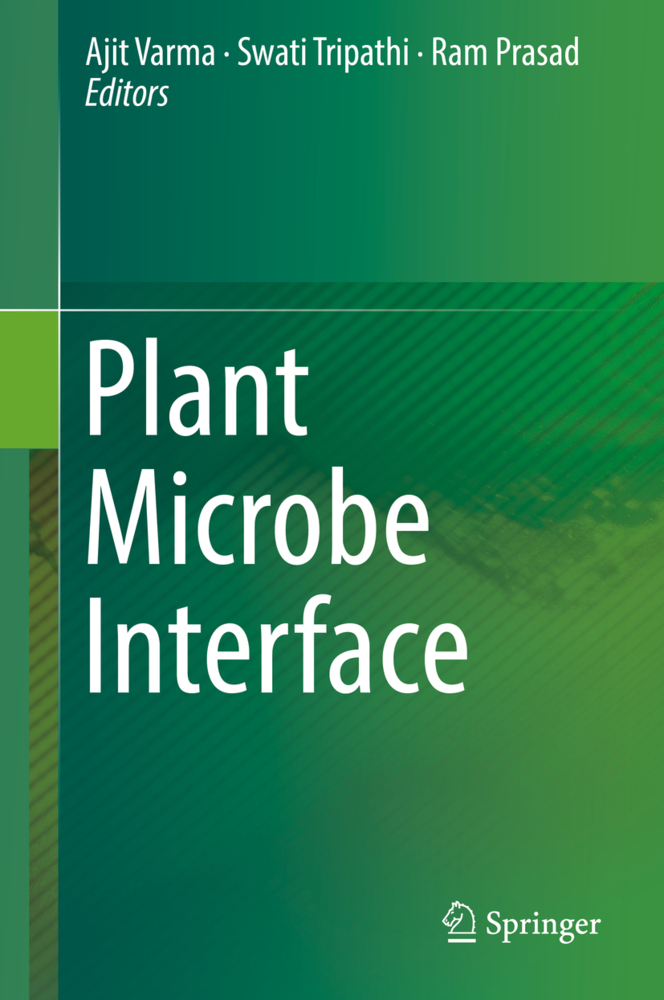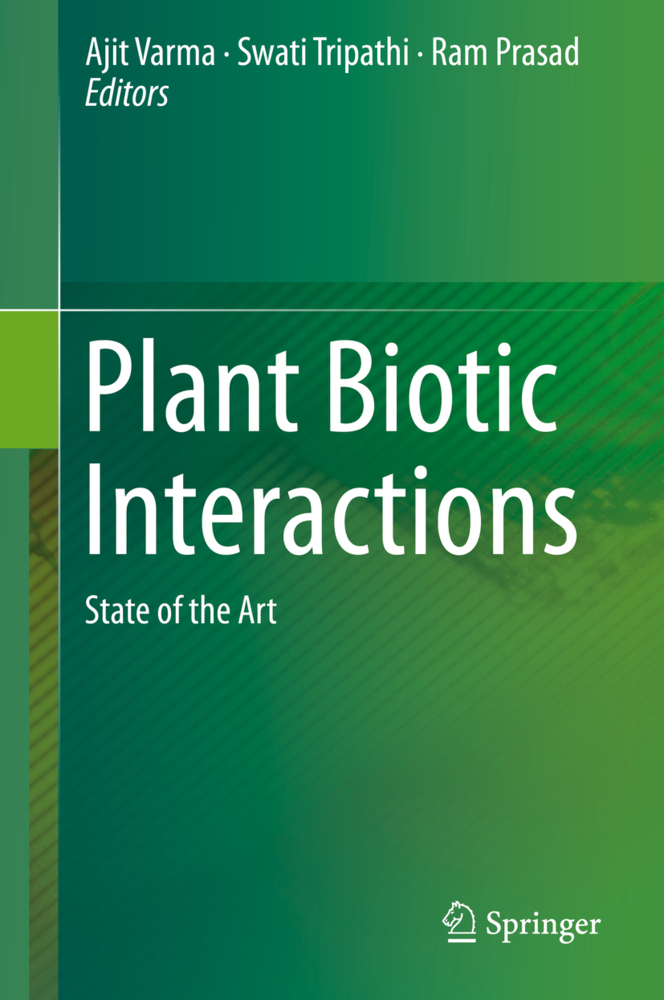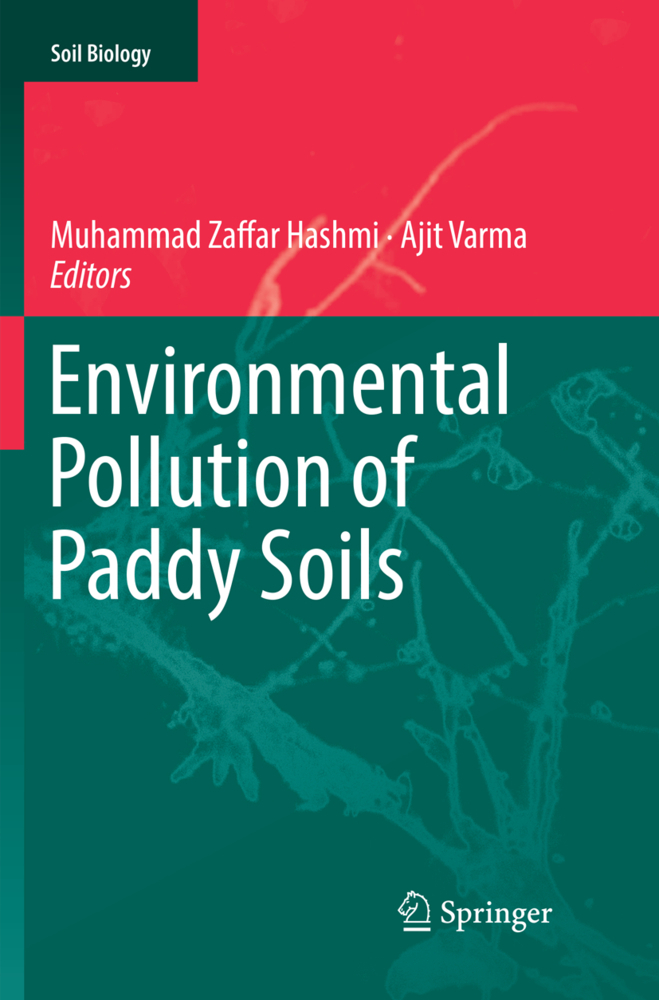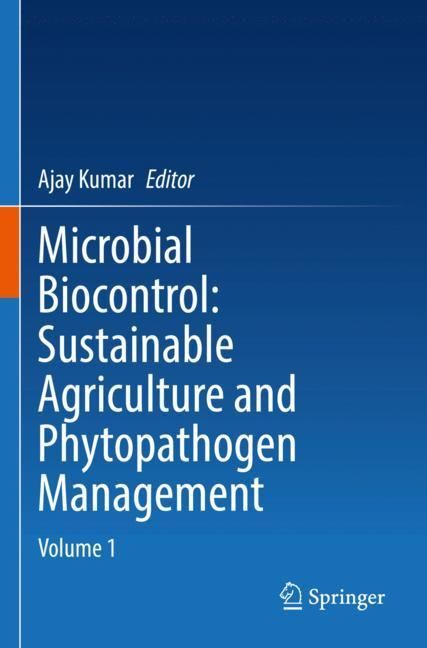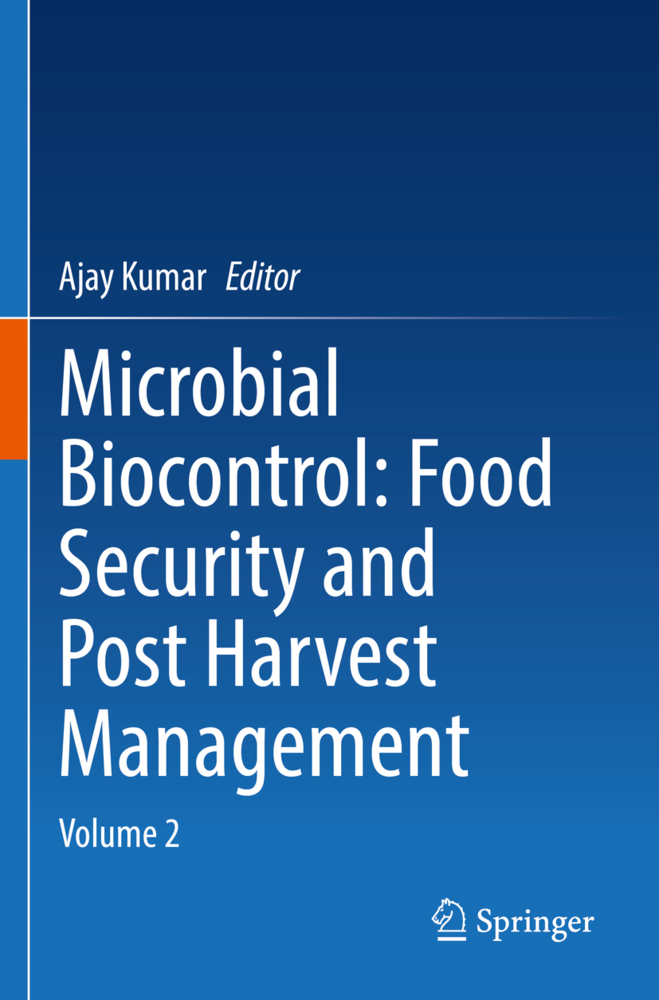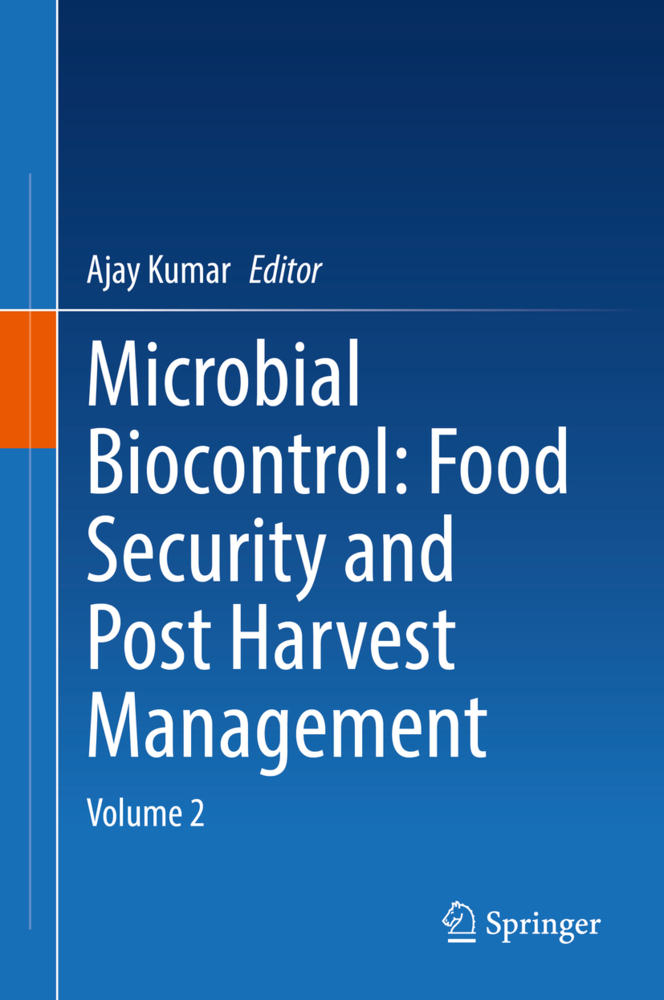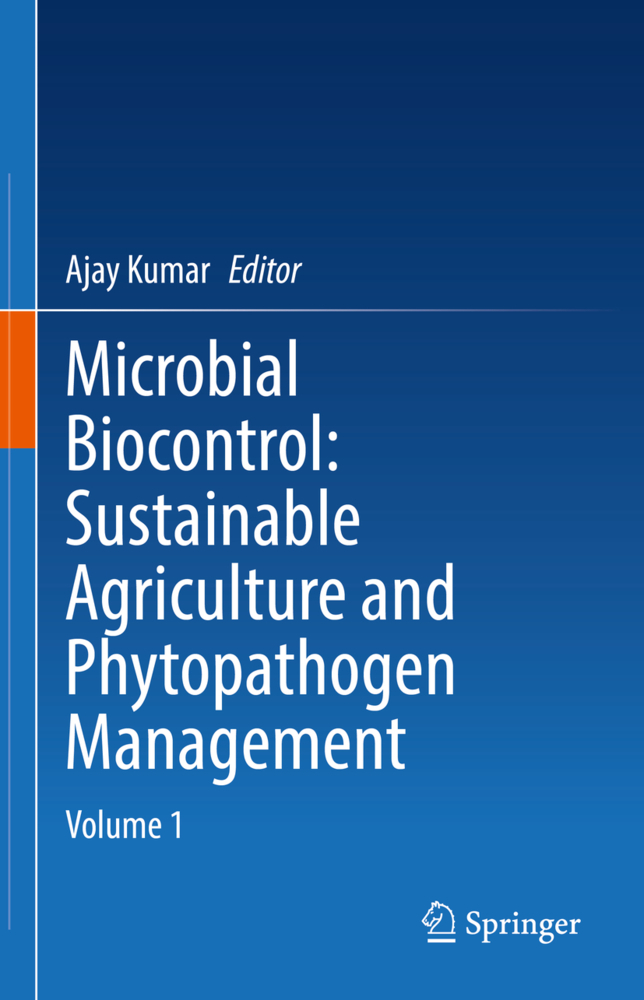Biofertilizers for Sustainable Agriculture and Environment
Biofertilizers for Sustainable Agriculture and Environment
This book provides a comprehensive overview of the benefits of biofertilizers as an alternative to chemical fertilizers and pesticides.
Agricultural production has increased massively over the last century due to increased use of chemical fertilizers and pesticides, but these gains have come at a price. The chemicals are not only expensive; they also reduce microbial activity in agricultural soils and accumulate in the food chain, with potentially harmful effects for humans. Accordingly, it is high time to explore alternatives and to find solutions to overcome our increasing dependence on these chemicals.
Biofertilizers, which consist of plant remains, organic matter and microorganisms, might offer an alternative. They are natural, organic, biodegradable, eco-friendly and cost-effective. Further, the microbes present in the biofertilizers are important, because they produce nutrients required for plant growth (e.g., nitrogen, phosphorus, potassium), as well as substances essential for plant growth and development (e.g., auxins and cytokinins). Biofertilizers also improve the physical properties, fertility and productivity of soil, reducing the need for chemical fertilizers while maintaining high crop yield. This makes biofertilizers a powerful tool for sustainable agriculture and a sustainable environment.
The book covers the latest research on biofertilizers, ranging from beneficial fungal, bacterial and algal inoculants; to microbes for bioremediation, wastewater treatment; and recycling of biodegradable municipal, agricultural and industrial waste; as well as biocontrol agents and bio-pesticides. As such, it offers a valuable resource for researchers, academics and students in the broad fields of microbiology and agriculture.
1. Microbial Biofertilizers: Types and Applications
2. Fungal Inoculants for Native Phosphorus Mobilization
3. Potential Applications of Algae-based Biofertilizer
4. Ectomycorrhizal Fungi: Role as Biofertilizers in Forestry
5. Perspectives on the Role of Arbuscular Mycorrhizal Fungi in the in-vivo Vegetative Plant Propagation
6. Silicon (Si) and Zinc (Zn) Solubilizing Microorganisms: Role in Sustainable Agriculture
7. Status and prospects of bacterial inoculants for sustainable management of agroecosystems
8. Plant Nutrient Management Through Inoculation of Zinc Solubilizing Bacteria for Sustainable Agriculture
9. Endophytic Bacteria as A Modern Tool for Sustainable Crop Management Under Stress
10. Biofertilizers in Argentina
11. Rhizobial Inoculants for Sustainable Agriculture: Prospects and Applications
12. Biofertilizer and their role in sustainable agriculture
13. The use of Microorganisms for the Biodegradation of Sewage Sludge and the Productionof Biocompost for Sustainable Agriculture
14. Circadian Rhythms in Plant Microbe Interaction: For Better Performance of Bioinoculants in the Agricultural Fields
15. The Actinobacteria and Their Role as Plant Probiotics
16. Organic Fertilizer from Algae: A Novel Approach Towards Sustainable Agriculture
17. Phosphate Solubilizing Fungi and Their Potential Role in Sustainable Agriculture
18. Fungi as Biological Control Agents
19. Biocontrol Agents: Potential of Biopesticides for Integrated Pest Management
20. Microbial-Mediated Plant Growth Promotion: A Mechanistic Overview on Cultivable Plant Growth Promoting Members
21. Mycorrhizas and Tolerance of Abiotic Stress in Citrus Plants
22. Arbuscular Mycorrhizal Fungi (AMF) from Heavy Metal Contaminated Soils: Molecular Approach and Application in Phytoremediation
23. The Role of Arbuscular Mycorrhiza in Sustainable Environment and Agriculture
24. Microbe-Mediated Removal of Heavy Metals for Sustainable Agricultural Practices.
Giri, Bhoopander
Prasad, Ram
Wu, Qiang-Sheng
Varma, Ajit
| ISBN | 978-3-030-18935-8 |
|---|---|
| Medientyp | Buch |
| Copyrightjahr | 2020 |
| Verlag | Springer, Berlin |
| Umfang | XVI, 544 Seiten |
| Sprache | Englisch |

